Tourist activity in Spain closes with a GDP of 88,546 million euros in 2021, 42.8% less than what it generated in 2020, standing at the values it reached in 2003. The decrease was caused largely by the paralysis of trips until May and the effect at the end of the year of the sixth wave of COVID-19.
The sixth wave generated by ómicron has meant a sudden stop of 10 points in the sales of tourism companies from mid-November, cutting short the recovery that had been taking place since May, which greatly complicates the first quarter of 2022 (tourism GDP It goes from falling -15.2% in October compared to the values of 2019, to -19.3% in November and -24.1% in December).
A study by the Exceltur tourism alliance, chaired by the director of Meliá, Gabriel Escarrer, indicates that in 2021, the activity represented 7.4% of the GDP of the national economy as a whole, compared to 5.5% with which the INE encrypt the value of 2020.
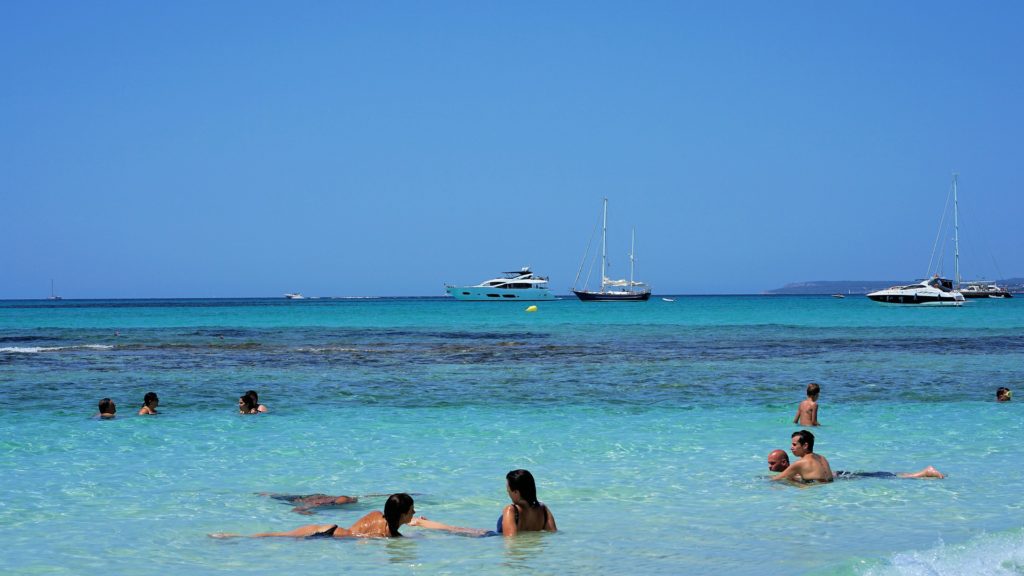
Tourists enjoy the beaches of Palma de Mallorca. Photo: MG.
Throughout the year 2021, employment has shown a behavior almost 20 points better than tourism activity, reflecting the business commitment to the incorporation of personnel to recover normality and the relevance of the ERTE scheme to make it possible. The drop in GDP of -42.8% contrasts with the average decrease in tourism employment of -23.8% throughout the year.
Mobility restrictions once again limit the recovery of foreign tourism in Spain, which closes 2021 with a drop in revenue of -59.7% (€29 thousand million) and €31 million in tourist arrivals, displacing Germany and France. United Kingdom as the main markets, after Spain.
The year that has ended reflects a behavior where holiday and inland destinations perform better than urban ones and those of national demand, much better than international ones. Thus, a year closes:
In holiday destinations, a positive behavior can be seen in the Asturian coast (-0.4% in income vs. 2019), the Galician coast (-11.5% Marina Lugo, -18.2% Rías Baixas and 26.8% Rías Altas ), the Costa de la Luz in Huelva (-17.4%), that of Cádiz (-21.3%), the Costa Vizcaína (-29.4%) and that of Valencia (-34.4%), while the Catalan coast suffers (Costa de Barcelona -75% and Costa Dorada -49.7%), the Canary Islands (Lanzarote -59.9%, Tenerife -56.7%, Gran Canaria -50.65 and Fuerteventura -50, 3%) due to the poor start to the year and despite the recovery during the autumn months, the island of Mallorca (-50.9%) and Benidorm (-59%).
In urban destinations, the cities with the highest volume of business tourism and long-haul demand suffer (Barcelona -74%, Madrid -64%, Seville -59.9%, Granada -58.3%, Bilbao -54.1% ) due to the poor start to the year, while the best results are achieved in destinations with the highest demand for Spanish holidays: Coruña, Santander, Alicante and Gijón, and Santiago due to Xacobeo.
Outlook for the year 2022
The tourism alliance trusts that 2022 will consolidate tourism recovery in a year that will go from less to more, due to the complex first quarter derived from the impact of the sixth wave of infections. Entrepreneurs expect a 33.2% drop in their sales compared to the first quarter of 2009.
Spanish tourism GDP in 2022 as a whole would reach 135,461 million euros, which represents 87.5% of pre-pandemic activity levels and recover 47,000 million euros, compared to the value reached in 2021.
If this scenario is fulfilled, it would mean recovering a contribution from the tourism sector to the Spanish economy of 10.5%, from the 5.5% of the year 2020 published by the INE and the 7.4% estimated by Exceltur for 2021.
In this scenario, Spanish demand would reach almost the values of 2019 in its trips through Spain (-2.3% vs 2019) and foreign demand would close -18.9% below pre-pandemic values, weighed down by the lack of recovery of long distance demand, mainly Asian.
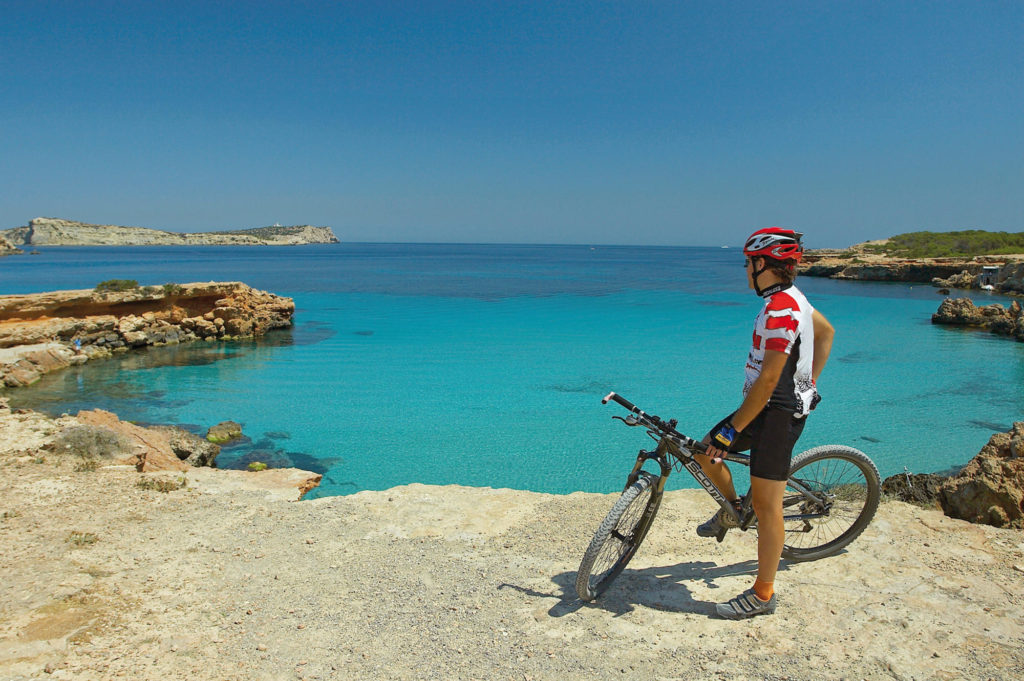
Platges des Comte, place where the return path of the route begins. Photo: Ibiza Tourism Department.

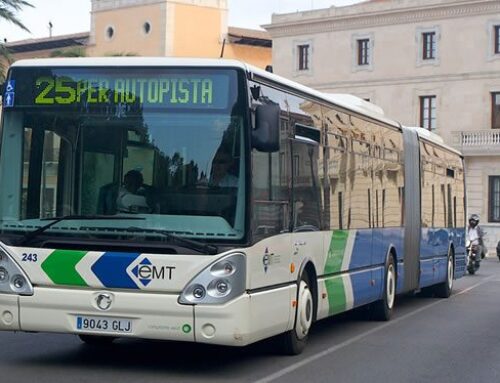

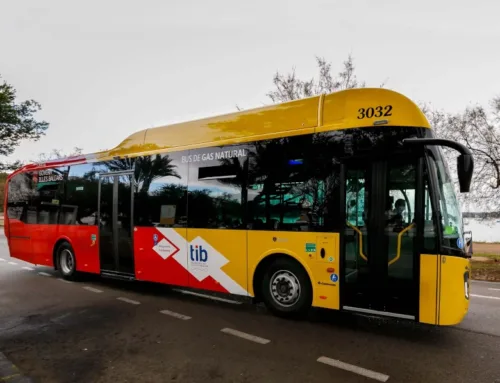
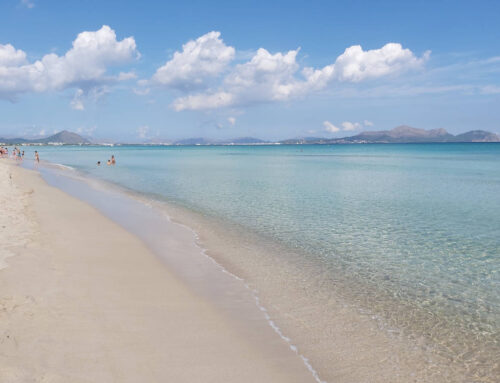


Leave A Comment